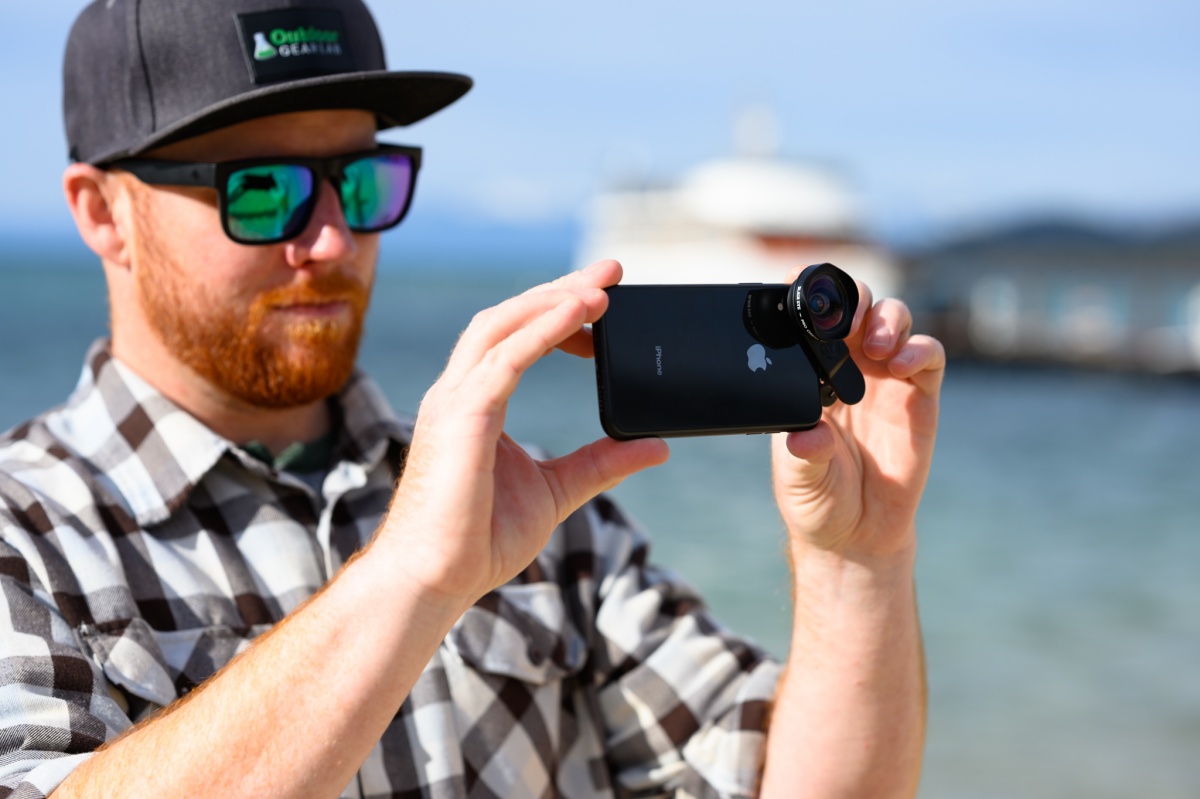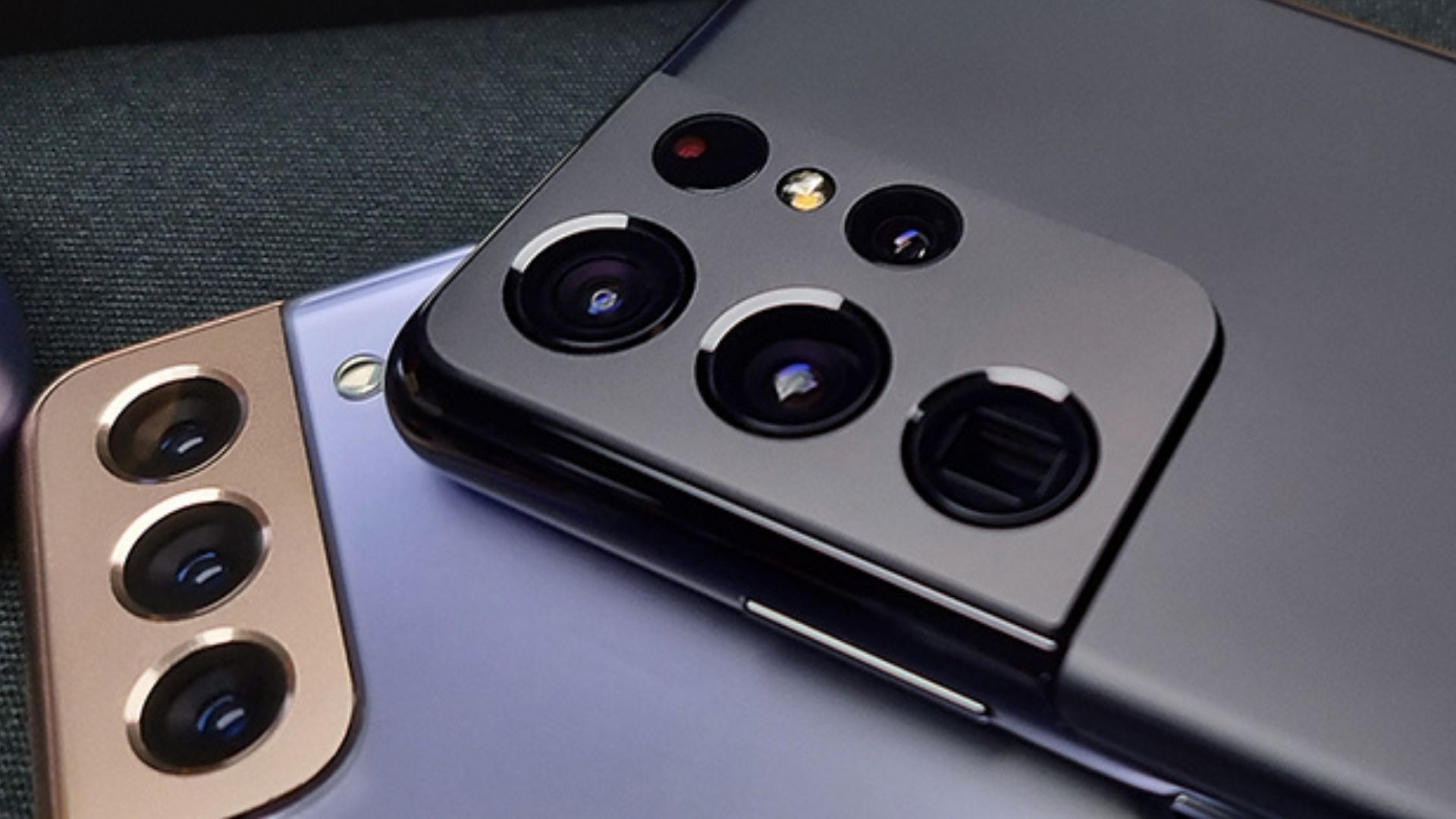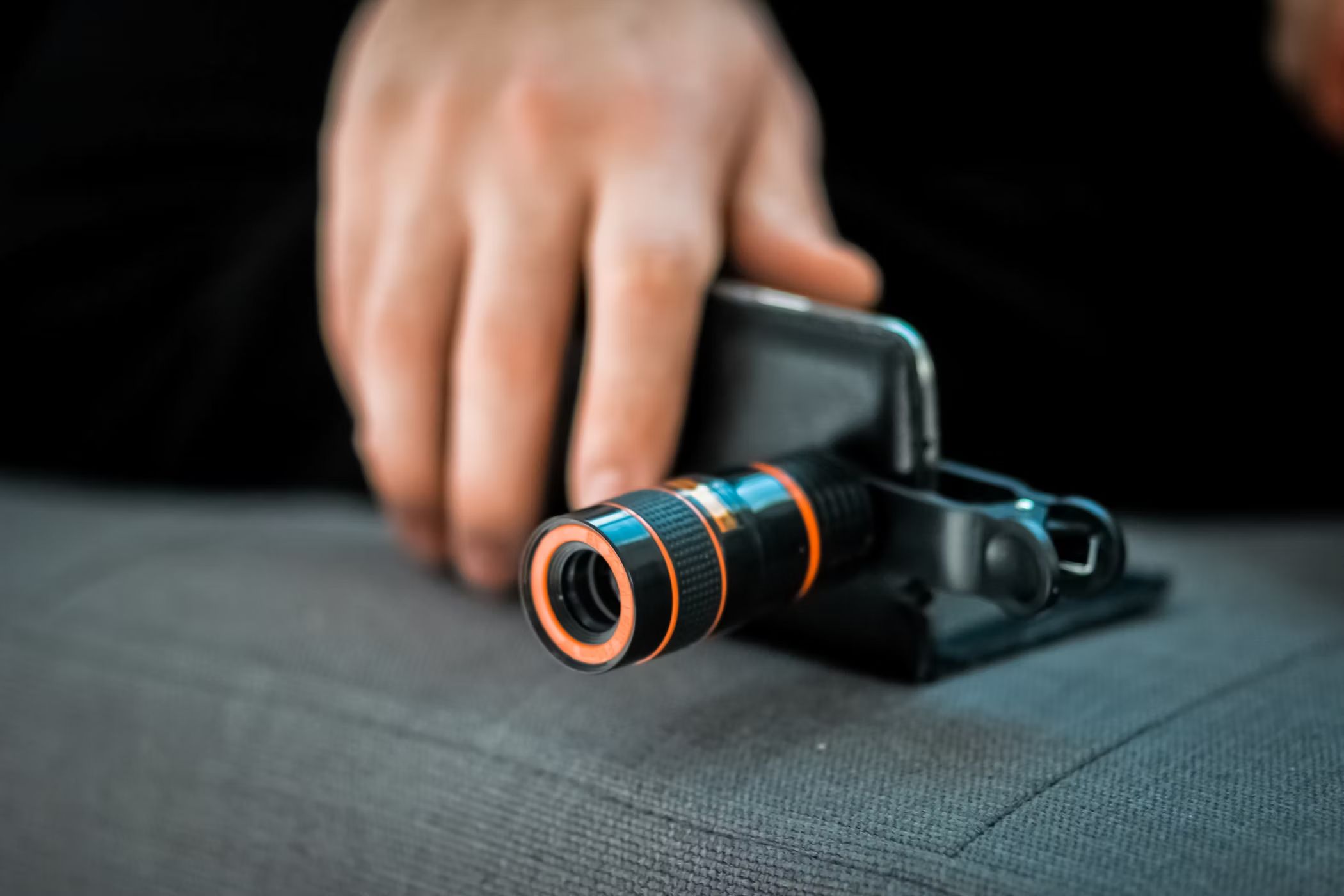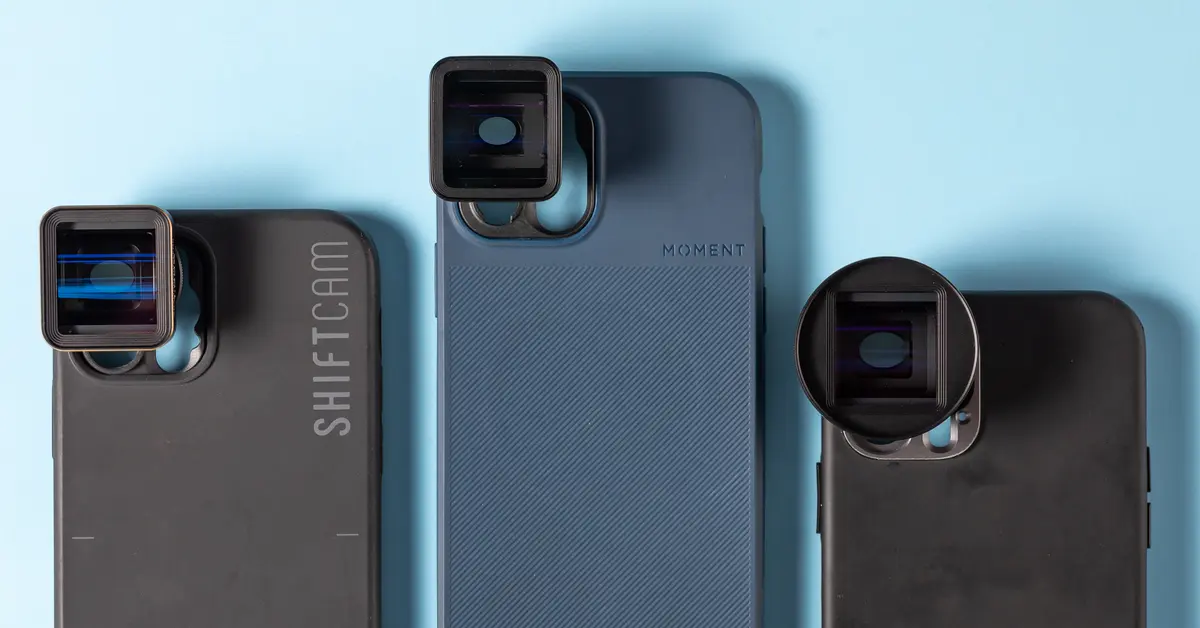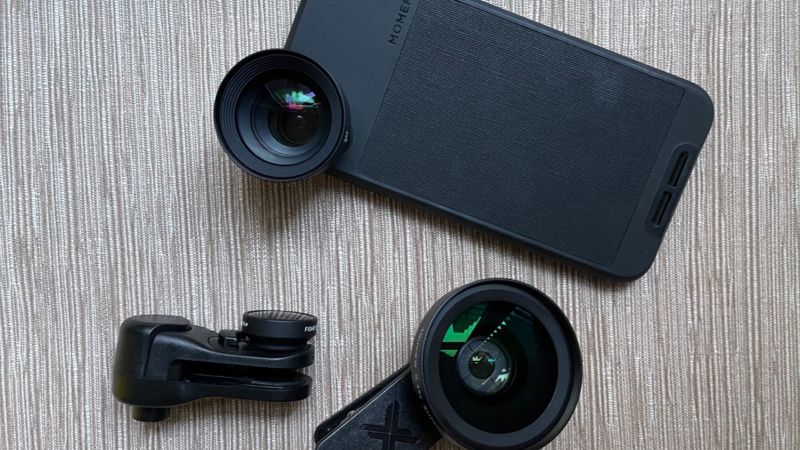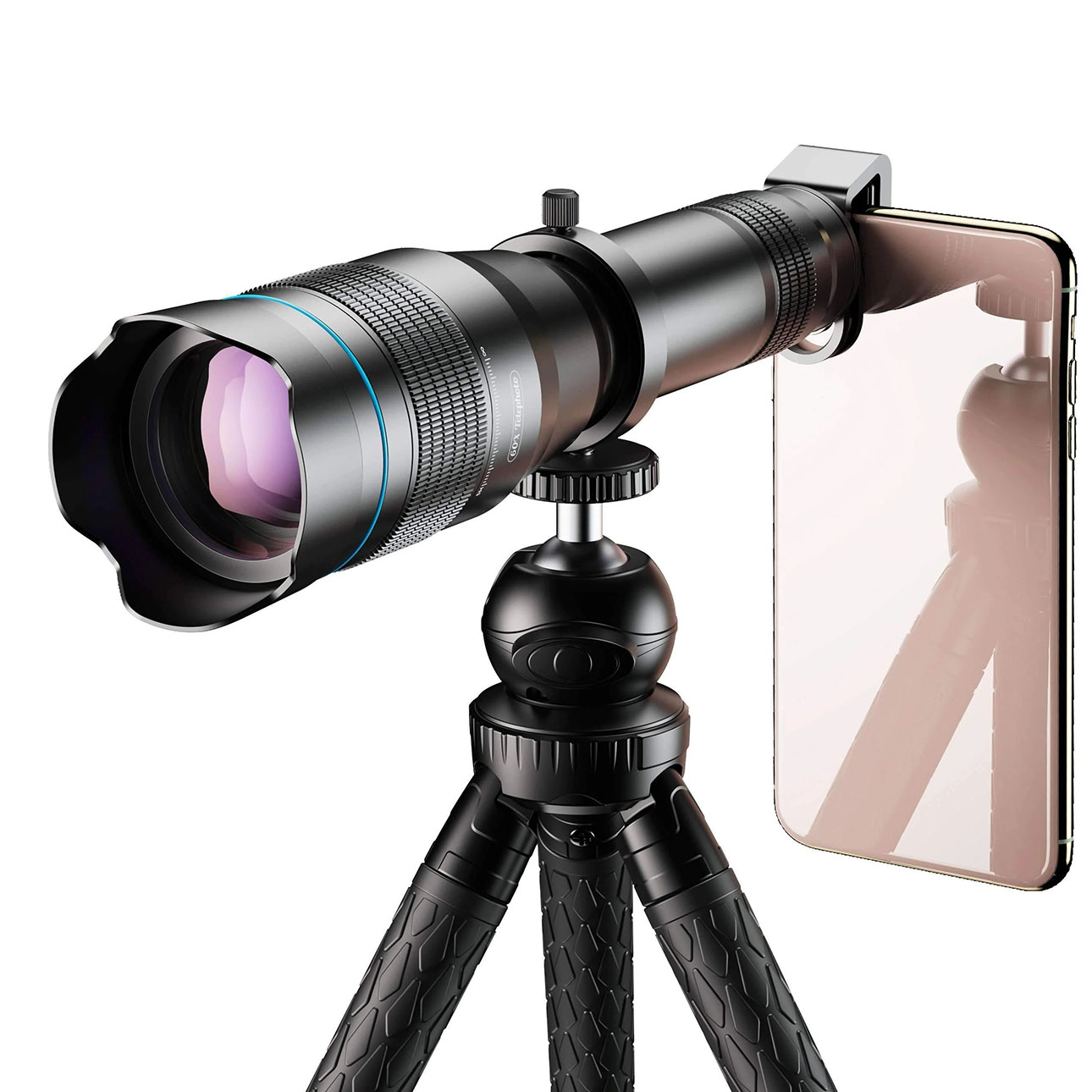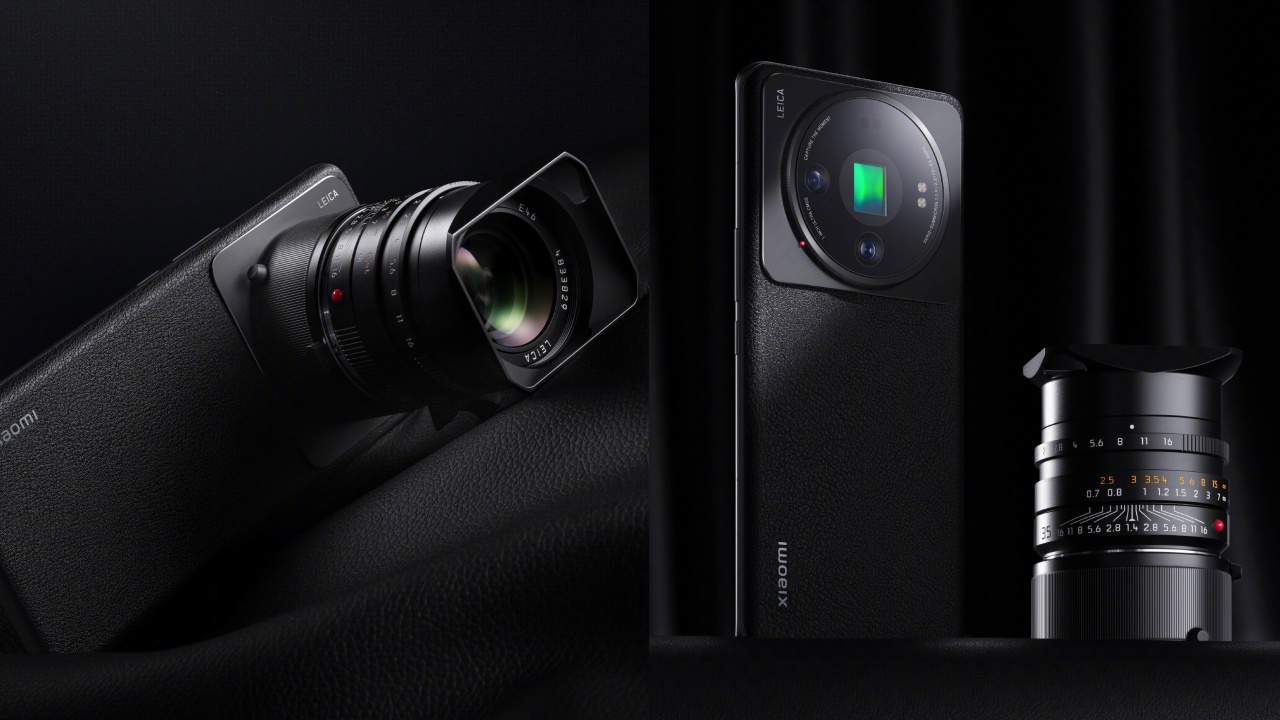Introduction
Welcome to the world of action cameras! These compact and versatile devices have revolutionized the way we capture our adventures, but they often come with a common challenge: the fisheye effect. If you've ever been frustrated by the distorted, curved lines and exaggerated angles in your action camera footage, fear not – this article will guide you through the process of reducing fisheye and improving the overall visual quality of your videos and photos.
Whether you're an adrenaline junkie capturing extreme sports, a travel enthusiast documenting your journeys, or simply a hobbyist looking to enhance your visual storytelling, understanding how to mitigate the fisheye effect can significantly elevate the professionalism and appeal of your content. From selecting the right lens to utilizing post-processing software, we'll explore various techniques and tools to help you achieve stunning, distortion-free imagery.
So, grab your action camera, buckle up, and get ready to dive into the world of fisheye reduction. By the end of this guide, you'll be equipped with the knowledge and skills to capture breathtaking, true-to-life visuals that will captivate your audience and elevate your content to new heights. Let's embark on this fisheye-reducing adventure together!
Understanding Fisheye Effect
Before delving into the methods of reducing fisheye on your action camera, it’s essential to grasp the nature of this optical phenomenon. The fisheye effect, also known as barrel distortion, occurs when an ultra-wide-angle lens captures a broader field of view than the human eye. This results in a characteristic curving of straight lines and a pronounced distortion around the edges of the frame, giving the footage a convex, bulging appearance.
When using action cameras with fisheye lenses, the distortion can be particularly noticeable, affecting the overall visual quality and realism of the captured content. Understanding the fisheye effect is crucial in identifying when and how it impacts your footage, enabling you to make informed decisions about the appropriate corrective measures.
It’s important to note that while the fisheye effect can add a unique and immersive perspective to certain types of content, such as extreme sports and adventure footage, it may not always be desirable. In scenarios where a more natural and undistorted representation of the environment is preferred, reducing or eliminating the fisheye effect becomes a priority.
By comprehending the characteristics and implications of fisheye distortion, you’ll be better equipped to address it effectively, ensuring that your action camera footage aligns with your creative vision and resonates with your audience. With this foundational knowledge in place, let’s explore the strategies for mitigating the fisheye effect and achieving visually compelling results.
Choosing the Right Lens
When aiming to reduce the fisheye effect on your action camera, selecting the appropriate lens is a fundamental consideration. Many action cameras offer the flexibility to interchange lenses, allowing you to tailor the field of view and minimize distortion based on your specific shooting requirements.
One of the most effective ways to combat fisheye distortion is by opting for a rectilinear lens, which is designed to produce minimal distortion and maintain straight lines across the frame. Unlike fisheye lenses, rectilinear lenses capture a wider field of view without the characteristic curvature, resulting in a more natural and true-to-life representation of the scene.
Before investing in a new lens for your action camera, it’s crucial to assess your typical shooting scenarios and desired visual outcomes. If you frequently engage in activities that benefit from an expansive field of view, such as action sports and immersive adventure footage, a wide-angle rectilinear lens can offer a compelling balance between capturing a broad perspective and minimizing distortion.
Additionally, consider the focal length of the lens, as it directly influences the angle of view and the degree of distortion. A lens with a moderate to wide focal length can help mitigate the fisheye effect while accommodating diverse shooting environments and subject matter.
Furthermore, advancements in lens technology have led to the development of specialized corrective lenses specifically designed to counteract fisheye distortion in action camera footage. These lenses are engineered to provide a rectilinear perspective, effectively reducing the exaggerated curvature and producing visually pleasing, undistorted imagery.
By carefully evaluating the available lens options and their compatibility with your action camera, you can make an informed decision to mitigate fisheeye distortion and enhance the overall visual quality of your content.
Adjusting Camera Settings
Effectively reducing the fisheye effect on your action camera involves not only the selection of the right lens but also the strategic adjustment of camera settings to optimize the captured imagery. By leveraging the available settings and controls, you can fine-tune the camera’s behavior to minimize distortion and achieve a more natural perspective.
One key setting to consider is the field of view (FOV) adjustment, which allows you to select the desired angle of coverage for your footage. Many action cameras offer multiple FOV options, ranging from ultra-wide to narrow, enabling you to tailor the field of view to suit the specific visual requirements of your content. By opting for a narrower FOV, you can effectively reduce the extent of fisheye distortion, especially in scenarios where a more rectilinear perspective is preferred.
Furthermore, some action cameras feature built-in distortion correction settings that apply real-time adjustments to counteract the inherent fisheye effect of the lens. By enabling this feature, the camera compensates for the distortion during the capture process, resulting in footage that exhibits reduced curvature and improved geometric accuracy.
Exposure settings, such as aperture and shutter speed, also play a role in managing fisheye distortion. Adjusting these parameters can influence the overall image quality and the degree to which distortion is perceptible. By optimizing the exposure settings based on the lighting conditions and desired visual aesthetics, you can mitigate the impact of fisheye distortion and enhance the clarity and realism of your footage.
Additionally, some action cameras offer customizable image processing profiles that allow you to fine-tune color, contrast, and sharpness settings. By carefully adjusting these parameters, you can refine the visual characteristics of your footage, potentially minimizing the prominence of fisheye distortion and achieving a more balanced and natural representation of the captured scenes.
By exploring and leveraging the diverse camera settings available on your action camera, you can actively address fisheye distortion and tailor the visual output to align with your creative vision. The strategic manipulation of these settings empowers you to capture compelling, distortion-free content that resonates with your audience and elevates the overall quality of your imagery.
Using Post-Processing Software
Post-processing software serves as a powerful tool for refining and enhancing action camera footage, offering a range of capabilities to address fisheye distortion and elevate the visual quality of your content. By leveraging these software solutions, you can implement targeted corrective measures and fine-tune the captured imagery to achieve a more natural and visually compelling result.
One of the primary methods of reducing fisheye distortion in post-processing involves utilizing dedicated lens correction tools. Many professional editing applications feature specific algorithms designed to counteract the inherent curvature associated with fisheye lenses, effectively straightening lines and minimizing the pronounced distortion. By applying these corrective adjustments, you can transform your footage into a more rectilinear representation, aligning with the visual fidelity you aim to convey.
Furthermore, post-processing software offers the flexibility to manually adjust geometric distortion parameters, providing precise control over the correction process. By fine-tuning distortion-related settings, such as barrel distortion and pincushion distortion, you can tailor the visual characteristics of your footage to achieve a more balanced and natural perspective, ultimately reducing the impact of fisheye distortion.
Another valuable feature of post-processing software is the ability to crop and reframe footage to mitigate fisheye distortion. By strategically cropping the edges of the frame, you can minimize the visibility of distorted areas, effectively enhancing the overall composition and visual coherence of the content. This approach allows you to retain the desired field of view while mitigating the pronounced curvature associated with fisheye lenses.
Moreover, post-processing software empowers you to refine the color, contrast, and sharpness of your footage, contributing to the overall visual appeal and mitigating the perceptibility of distortion. By implementing targeted adjustments to optimize the tonal balance and image clarity, you can enhance the realism and visual impact of your content, potentially reducing the prominence of fisheye distortion in the final output.
By embracing the capabilities of post-processing software, you can actively address fisheye distortion and elevate the overall visual quality of your action camera footage. These versatile tools offer a comprehensive suite of corrective and enhancement features, enabling you to refine the captured imagery and achieve a more compelling, distortion-free representation of your adventures and experiences.
Using External Accessories
In addition to lens selection, camera settings, and post-processing techniques, the use of external accessories can play a significant role in reducing fisheye distortion and enhancing the visual quality of your action camera footage. These accessories offer supplementary solutions to address distortion and expand the creative possibilities of your content creation endeavors.
One effective accessory for mitigating fisheye distortion is the use of lens filters or attachments specifically designed to counteract the characteristic curvature of fisheye lenses. Anti-distortion filters, often equipped with corrective optics, can be attached to the front of the lens, effectively minimizing the exaggerated distortion and producing a more rectilinear perspective. By integrating these specialized accessories into your setup, you can actively reduce the fisheye effect and achieve a visually balanced representation of your captured scenes.
Furthermore, the utilization of lens hoods or shades can contribute to the reduction of unwanted glare and internal reflections, which may exacerbate the perceptibility of fisheye distortion in action camera footage. These accessories help optimize the optical performance of the lens, enhancing the clarity and contrast of the captured imagery while minimizing the impact of undesirable optical artifacts, including fisheye distortion.
Additionally, the incorporation of stabilizing accessories, such as gimbals and stabilizers, can indirectly contribute to the mitigation of fisheye distortion by enhancing the overall visual stability and smoothness of the footage. By minimizing abrupt camera movements and vibrations, these accessories enable you to capture more controlled and steady imagery, potentially reducing the perceptibility of distortion and enhancing the visual cohesiveness of your content.
Moreover, the use of external wide-angle conversion lenses, designed to modify the field of view of the action camera, can offer an alternative approach to managing fisheye distortion. These supplementary lenses allow you to achieve a broader perspective without the characteristic curvature associated with fisheye optics, providing a compelling option for capturing expansive scenes with reduced distortion.
By integrating these external accessories into your action camera setup, you can actively address fisheye distortion and expand the creative possibilities of your content creation endeavors. These supplementary solutions offer diverse approaches to minimizing distortion and enhancing the visual quality of your footage, ultimately contributing to a more compelling and immersive viewing experience for your audience.
Conclusion
Congratulations on embarking on the journey to conquer fisheye distortion in your action camera footage! By gaining a deeper understanding of the fisheye effect and exploring a range of effective strategies, you’ve equipped yourself with the knowledge and tools to elevate the visual quality of your content and captivate your audience with stunning, distortion-free imagery.
From the foundational understanding of fisheye distortion to the practical implementation of corrective measures, you’ve discovered the multifaceted approaches to mitigating this optical phenomenon. Whether through the selection of the right lens, strategic adjustment of camera settings, utilization of post-processing software, or integration of external accessories, you’ve gained insight into the diverse solutions available to combat fisheye distortion and achieve visually compelling results.
As you continue to refine your action camera techniques and expand your creative horizons, remember that the journey to mastering fisheye reduction is a dynamic and iterative process. Embrace experimentation, innovation, and continuous learning as you strive to refine your visual storytelling and deliver captivating, distortion-free content to your audience.
By leveraging the knowledge and techniques outlined in this guide, you are well-positioned to embark on a fisheye-free adventure, capturing breathtaking moments with enhanced realism and visual impact. Your dedication to refining your craft and delivering exceptional content sets the stage for an immersive and engaging viewer experience, solidifying your position as a skilled visual storyteller in the realm of action camera photography and videography.
So, as you venture forth with your action camera in hand, remember that the pursuit of fisheye reduction is not merely a technical endeavor; it’s a creative odyssey that empowers you to share your unique perspective with the world. Embrace the artistry of visual storytelling, harness the power of innovative tools and techniques, and let your passion for capturing extraordinary moments shine through in every frame.









